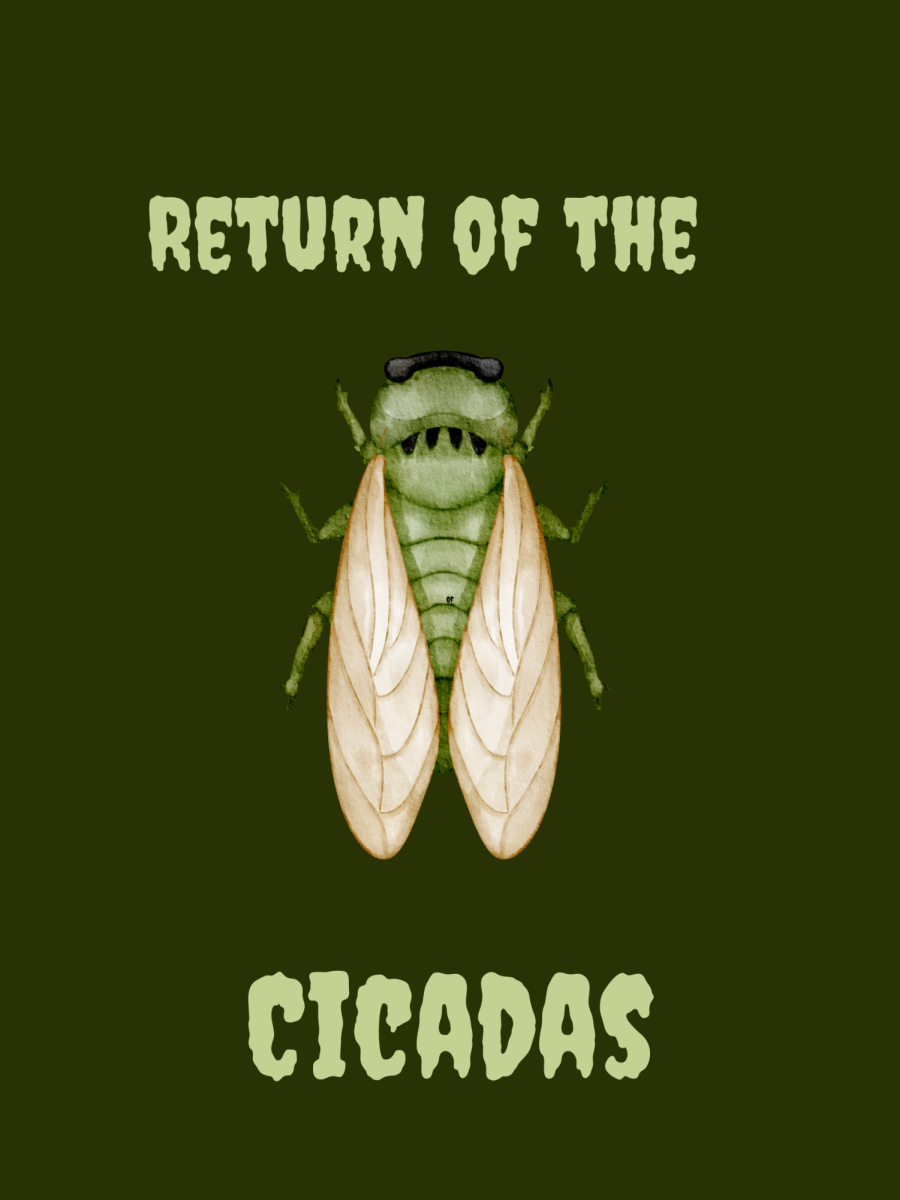Spring is in the air. April showers are bringing out wildflowers across the states, and this year, thousands of cicadas are emerging from their incubating space underground. Spring of 1803 was the last time the respective broods of XIII and XIX emerged at the same time, and researchers and bug fanatics alike are buzzing with excitement.
This rare brood alignment is an exciting opportunity for researchers and entomology lovers.
Being dubbed the “cicada-pocalypse’ or “cicada-geddon” by some experts according to CBS and CNN, this double-emergence is an oddity based on its rarity as well as its size. XIX, the great southern brood, emerges every 13 years while XIII, the Northern Illinois Brood emerges every 17 years. The cyclical nature of their surfacing is still a mystery to scientists, but it’s believed to provide an evolutionary advantage to avoiding predators. Brood XIX, also known as the Great Southern Brood, is to date, the largest of all the periodical cicada broods.
Cicada broods are distinguished based on the time they emerge as well as their appearance. Those that show up annually, tend to do so in the summer months and are gray or green in color, while periodical cicadas are slightly larger and have bright red eyes.
Aside from the rarity of this time alignment, another interesting element about the emerging broods is that they aren’t coming out of the ground alone. A ‘zombie’ fungus has followed the Illinois brood as they begin to spread their wings, making male cicadas shells of their former selves. The fungus, known as Massospora cicadina makes its way into the insects bodies, infects their abdomen and leads to male genitalia falling off. Their abdomen is then entirely replaced by spores which infect other cicadas when they attempt to reproduce.
While the fungus isn’t inherently dangerous to humans, the best way to stay safe is to simply avoid eating cicadas with white or chalky abdomens. It also poses another research opportunity for scientists, concerning the nature of how the fungi has evolved to emerge in tandem with the matured cicadas. Overall, the periodical broods emerging this year have been sure to make their presence known.














